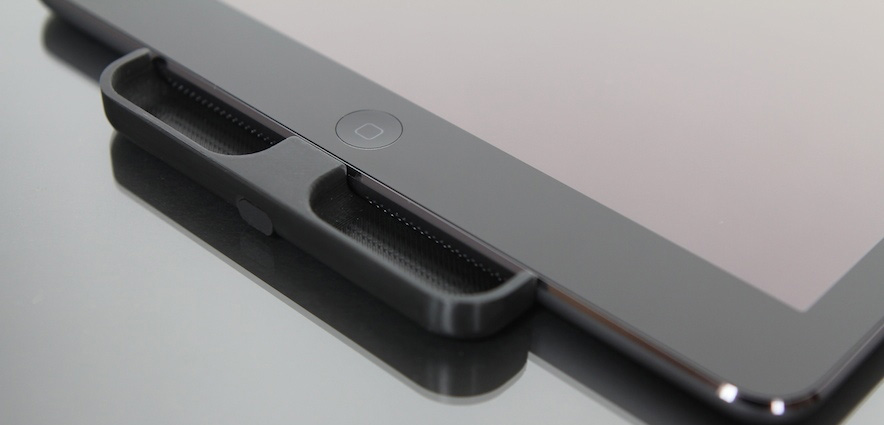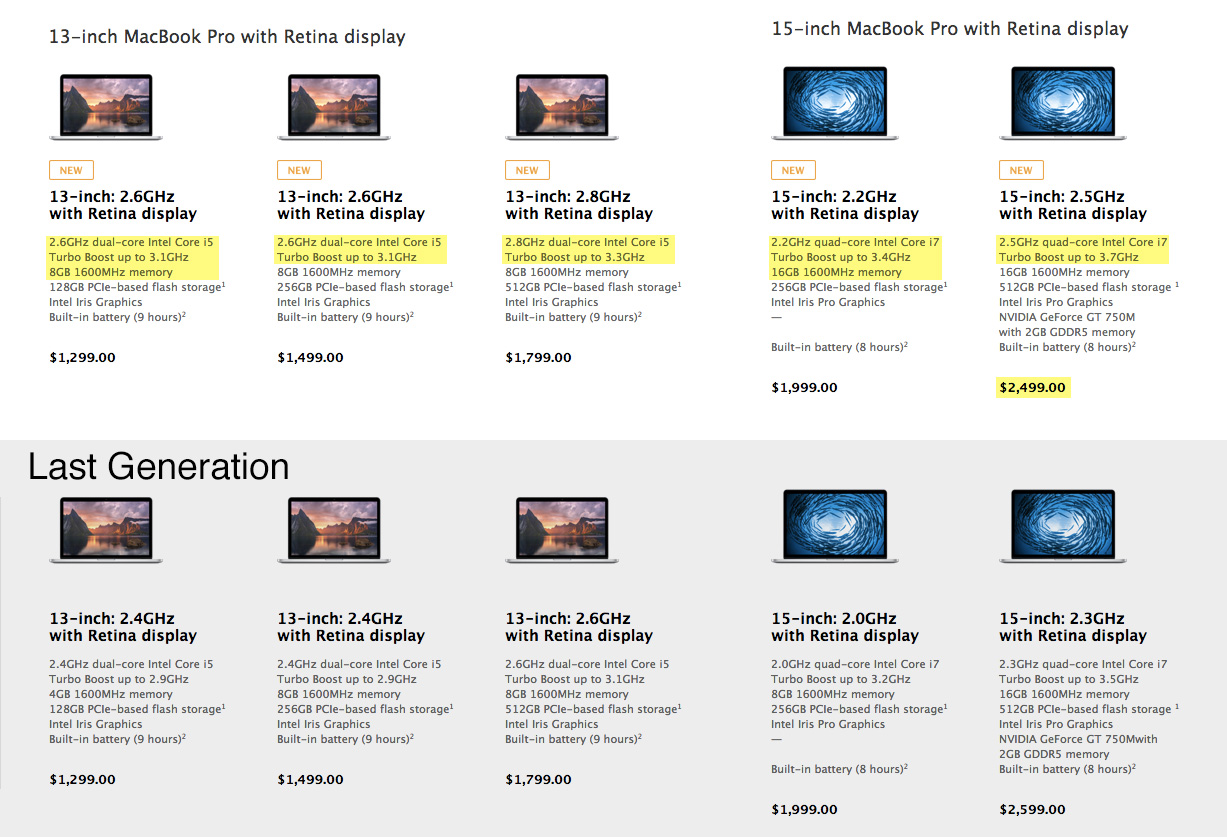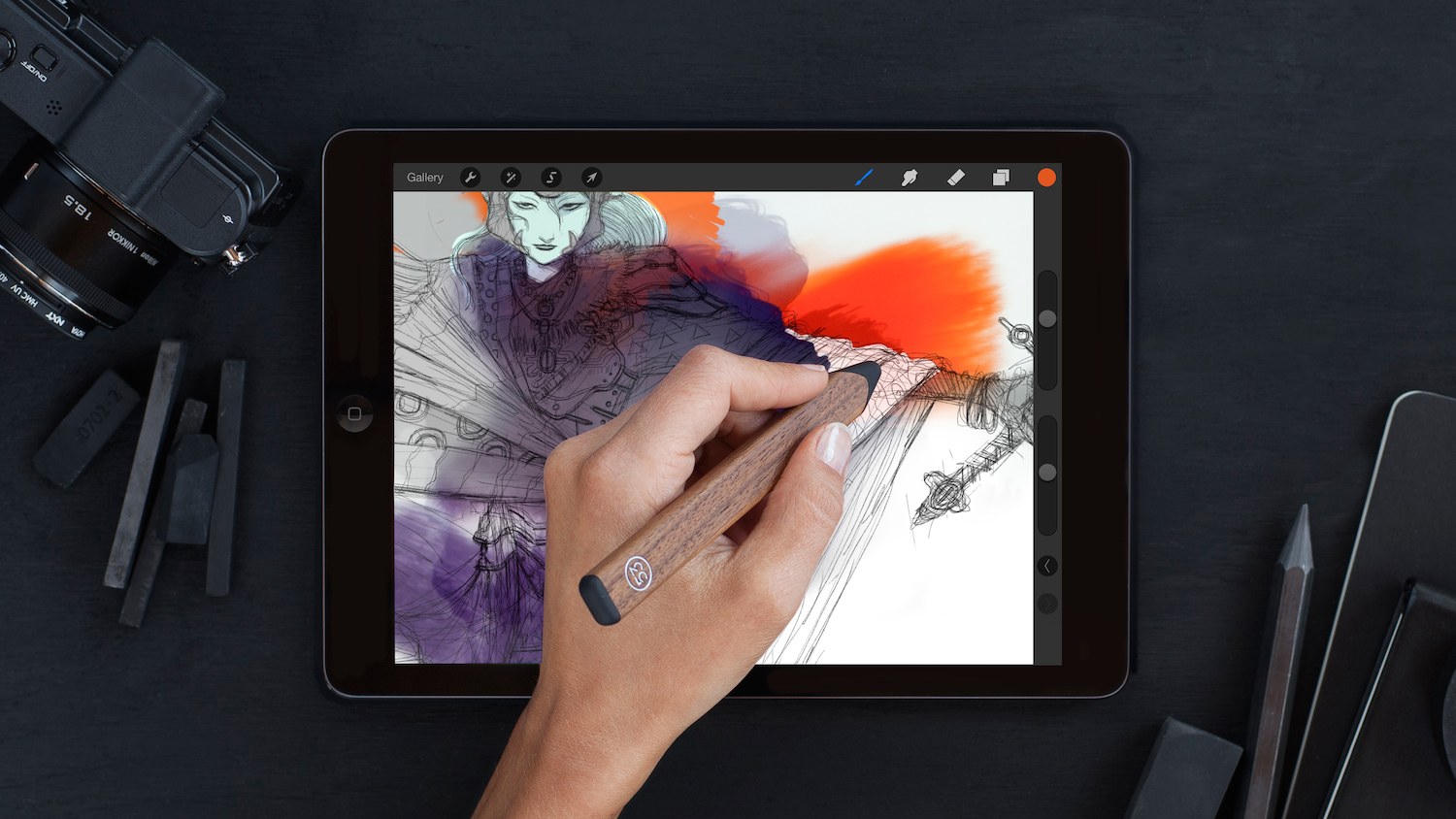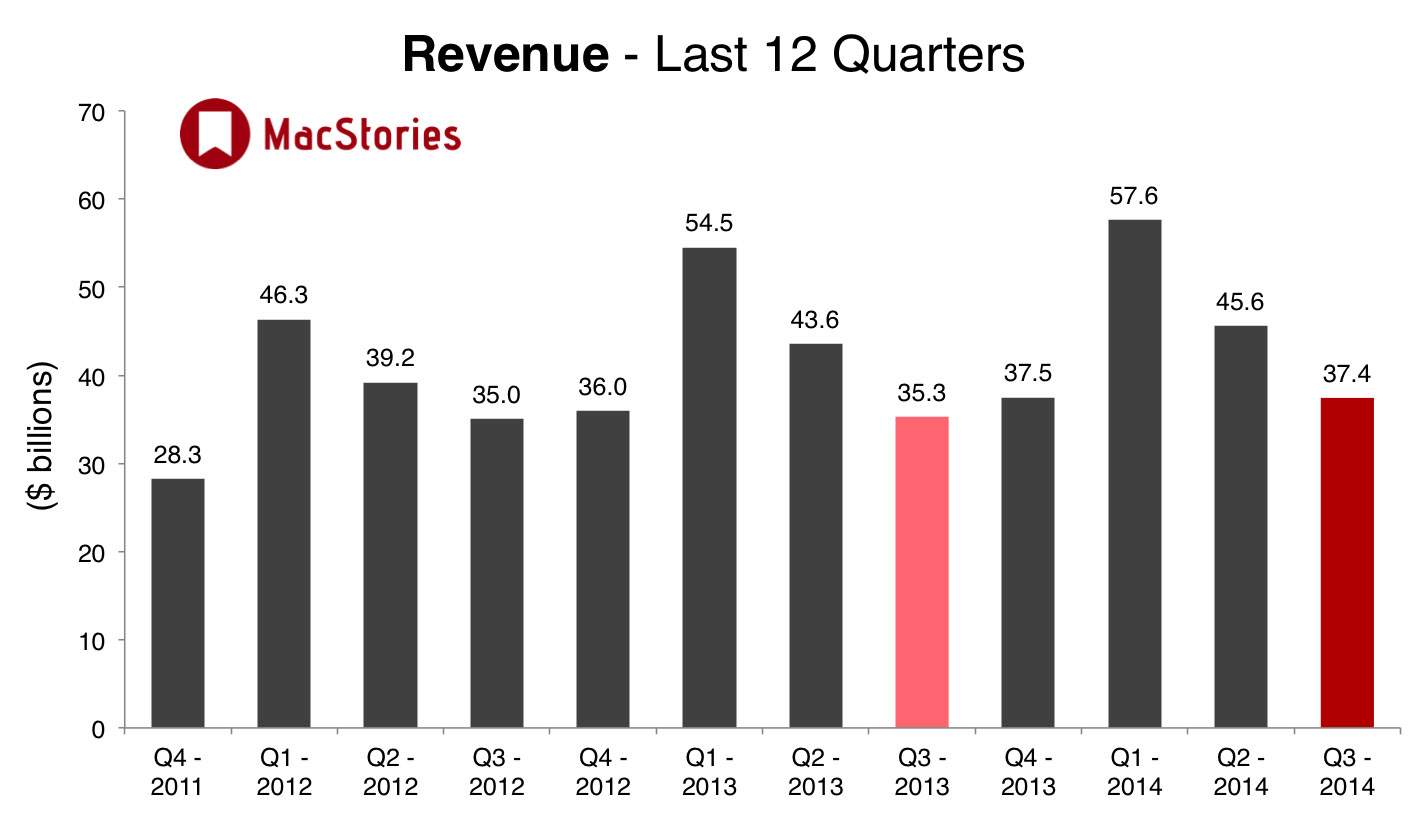Over the past few years Apple has continued to improve the speakers in the iPhone and iPad quite significantly, except for the fact that they continue to be directed out to the side rather than the front. In fairness, this is probably the most practical location for Apple but it has meant that I’ve purposefully cupped my hand around the iPad’s speakers to help redirect the sound on a number of occasions. It is exactly this weakness where a Kickstarter project, the SpeakerSlide, is trying to improve things. It’s a simple plastic (polycarbonate) accessory that redirects the sound out to the front of the device. The SpeakerSlide team were able to ship me 3D-printed evaluation models of the SpeakerSlide for both iPhone and iPad, so I gave the product a test run over the last week.
I first tested the SpeakerSlide with the iPad Air and I can honestly say that the effect it had was instantly noticeable and fairly significant. Sound coming from the iPad actually sounded like it was directed to me, which shouldn’t be surprising, but what was surprising to me was how much more natural that felt. When I started taking the SpeakerSlide on and off to try and hear the difference, the effect was even more noticeable. It almost felt like the sound (without the SpeakerSlide) was muffled because of the direction of the speakers. Because the sound is being directed at you with the SpeakerSlide, it also means you don’t need to have the volume as loud as you would without it, and that shouldn’t be underestimated.






